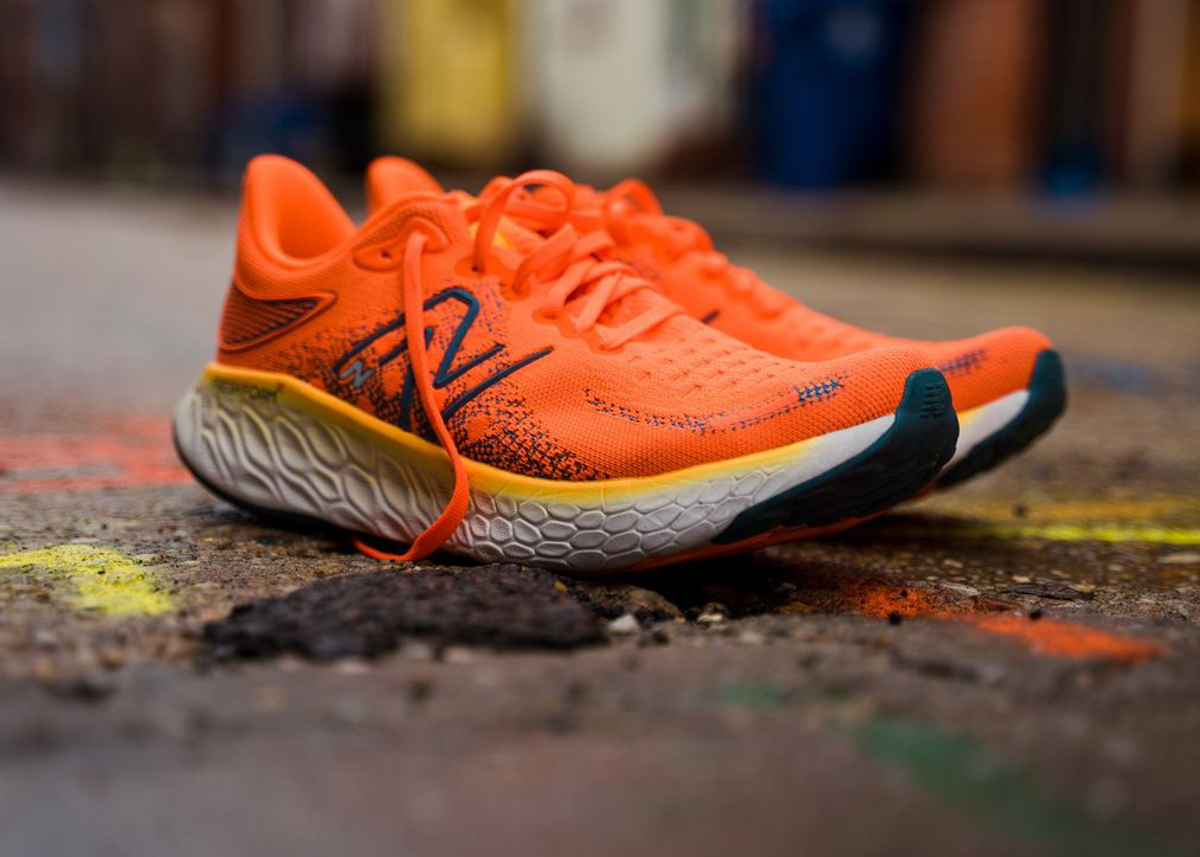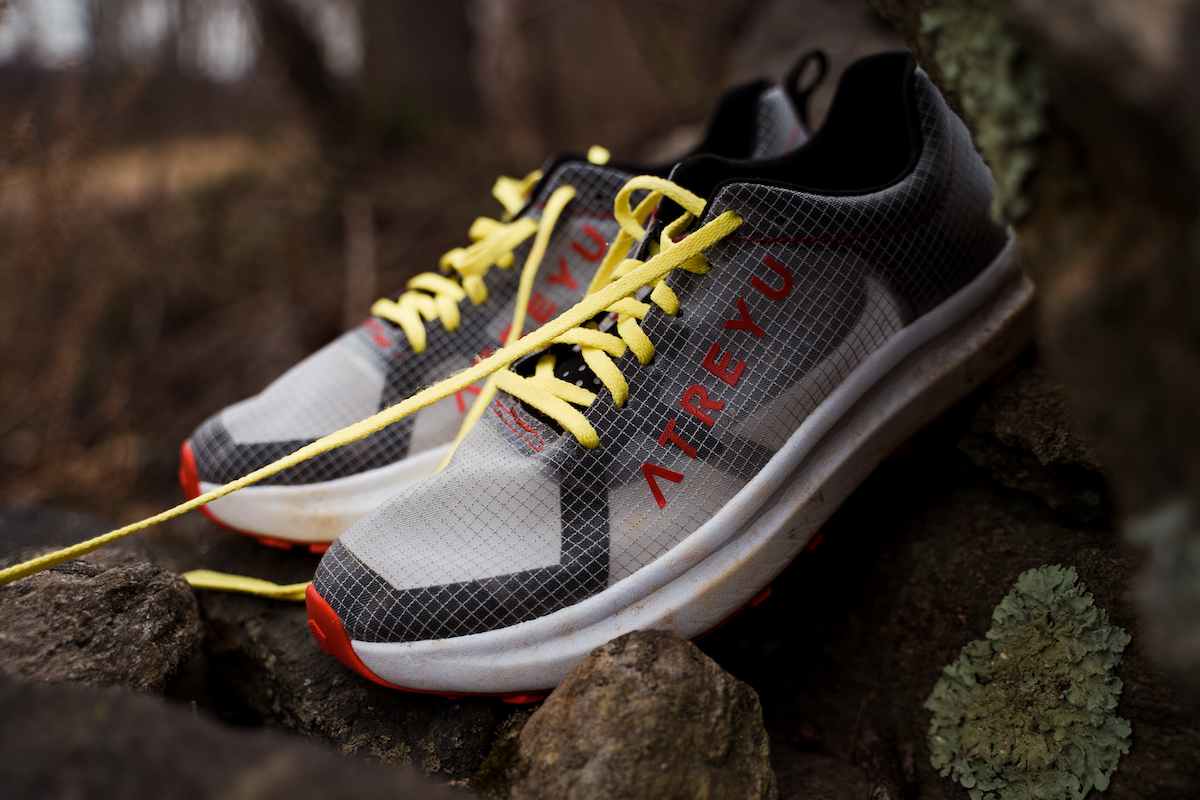
MATT: If you’re a regular reader of our reviews (and if not, what’s your problem?), you know that we’ve been on the Atreyu bandwagon from the start. Having just wrapped up a follow-up piece after 300 miles in The Artist, I’ve been anxiously awaiting for the other shoe to drop (literally) from the Austin-based company.
I had the pleasure of getting some very early sneak peeks at the Atreyu Base Trail last year, and was thrilled when a prototype showed up on my porch recently along with a note from Atreyu founder Michael Krajicek.
The Atreyu Base Trail is the latest addition to the Atreyu lineup, as well as its first off-road offering. In the same way that the company launched its race shoe, Atreyu is planning to open its first trail pre-order window sometime around the end of March. For those of you already anticipating your next purchase, I’ve put together a few first impressions after notching about 40 miles on my pair.

MATT: Now, I need to add a disclaimer before we dive into the details. The pair I tested is a pre-production unit, so there are a few tweaks that I’ve confirmed are already in the works. I’ll call those out where applicable, but just want to keep that in mind as there may be additional changes that the Atreyu team decides to apply before the Base Trail hits the market.
Let’s start with the overall concept — in typical Atreyu fashion, the Base Trail embraces a less-is-more approach to design. Nothing is over-engineered and everything has a purpose, eliminating extra materials and features. This is an approach that worked well for both the Base Model and The Artist, and I was hoping that same “success in simplicity” would carry over to the trails.
My US M10 weighs just north of 10 oz. and Atreyu confirms that the final production model should weigh just about the same. As anyone who runs trails knows, 10 oz. is a desirable goal when you add on decent outsole grip and other durability aspects.
The TPU reflective upper is super thin and breathable throughout the toebox and midfoot, with some added padding around the ankle and heel cup to reenforce the hotspots. Most of it is so thin that it’s basically see-through — a lot like the recently reviewed Altra Mont Blanc. The Atreyu Base Trail’s tongue is padded with a soft felt outer. It’s not thin or gusseted, but it provides just enough protection from the lacing and helps support the overall fit, which feels locked in and secure.
The midsole on the Atreyu Base Model is really the heart of the shoe, and I do believe that the team has applied what they learned from both road models to create a really great formula for the trails. Its midsole stack is essentially the same as the Base Model (21.5mm in the heel, 15.5mm in the forefoot) with a 6mm drop, but translates more to a 30mm and 24mm stack once you factor in the built-in eTPU sock liner and outsole.
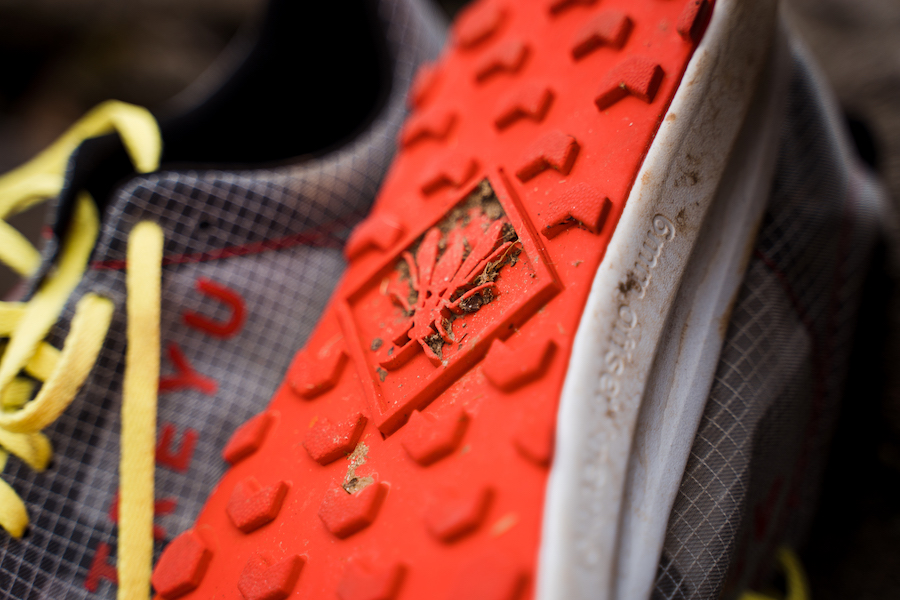
So, while the midsole stack leverages the Base Model design, the foam is actually the same supercritical EVA that you find on The Artist. All told, this combination feels really tuned-in on foot. The foam is soft and cushy to the touch, but it really straddles that fine line between ground feel and comfort while on the move. I took the shoe through a variety of terrain spanning technical singletrack, grass fields, and black-top, and I’ll say that it transitions really well.
What the team at Atreyu has really nailed is that synergy between the thin, light upper, and the cushy, reactive midsole. This was a major downfall in the previously mentioned Altra Mont Blanc. The parts feel in unison and I felt secure and confident hitting some legit climbing and descents.
Finally, the shoe features a single-piece substrate rubber outsole, with a thin 1mm base layer and 3.5 mm lugs. The lugs themselves vary in shape, with a combination of hexagonal and chevron lugs strategically placed throughout. This minimal base layer approach is something we’ve seen from other companies like Hoka and Altra of late, utilizing Vibram’s LiteBase tech.
While the Atreyu outsole compound looks to be their own proprietary material, I had a pretty similar experience to the much-heralded Vibram base. The outsole meshes well with the midsole and overall shoe construction, extending that dialed-in feel. The ride is stable and performed well in wet and muddy conditions, and I had no issues traversing water crossings.
From a protection perspective, I have a couple of things to add. While the upper itself is quite minimal, the rubber outsole actually wraps around and extends up, forming a layer of protection on the toe. The toe cap even contains an additional lug for added traction. I inadvertently booted a root or two on a long run and came out no worse for the wear. There’s no rock plate, but this was by design. The team at Atreyu noted the nice blend of ground feel and cushion seemed to be muted when one was included, and I’m happy to support the design decision.
Shop Atreyu Base Trail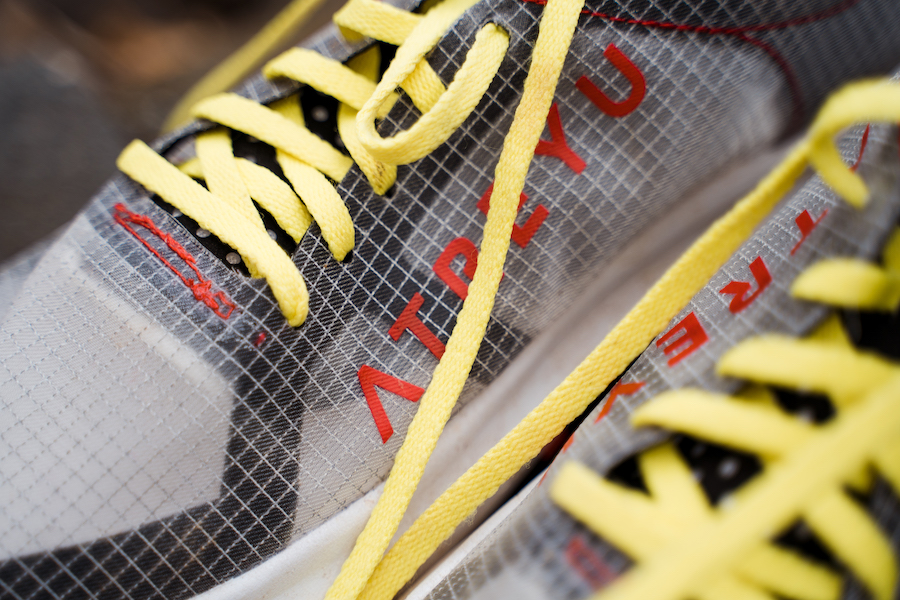
MATT: So, as I mentioned above, this test model is a prototype. A couple of the weaknesses I noticed are already being addressed prior to production, but I’ll include them in this section as I think it is fair to paint a full picture of the shoe.
The laces and lacing structure were pretty basic, with holes in the TPU for the lacing and not much else. I had no issues myself but could imagine that really cranking down to get the right fit could lead to some early wear and tear. I already confirmed that the production model will have a reinforced TPU overlay and backing to address that potential concern.
The other issue that I noticed was the heel construction. While I didn’t have much slippage, the collar itself felt a bit stiff. The production version will instead feature a pullover construction and elastane mesh/foam padding to replace the current microfiber material. I’ll be anxious to test out this change because I think it was really one of the only downsides of the shoe.
Shop Atreyu Base Trail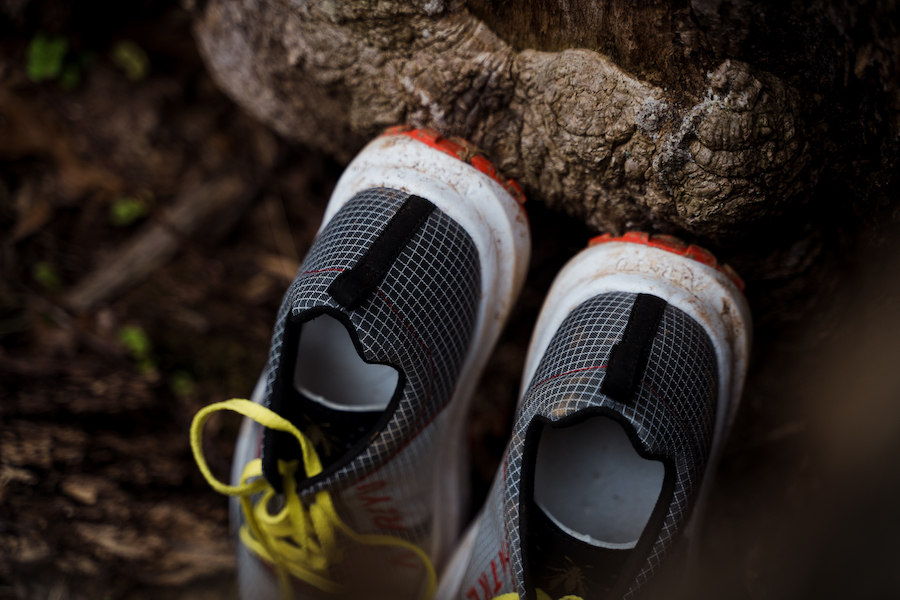
MATT: From my first impressions, I think Atreyu has another big winner on its hands. The loyal customers that have been racking up the road miles on the Base Model and Artist the past couple of years should be excited to add an off-road option to their collections.
The Atreyu Base Trail really looks to be the result of a company taking the things that it knows have worked from previous designs and applying industry knowledge to fill the gaps where needed. The streamlined and simple approach from Atreyu continues with its first trail offering.
Atreyu’s other guiding light has been its value. The Base Trail is priced at just $115, which is quite the steal in this current $200 shoe market.
If you want to get in on the action, go over to Atreyu’s website and sign-up to be notified when the pre-sale window opens (it’s currently projected for the end of March).
Shop Atreyu Base Trail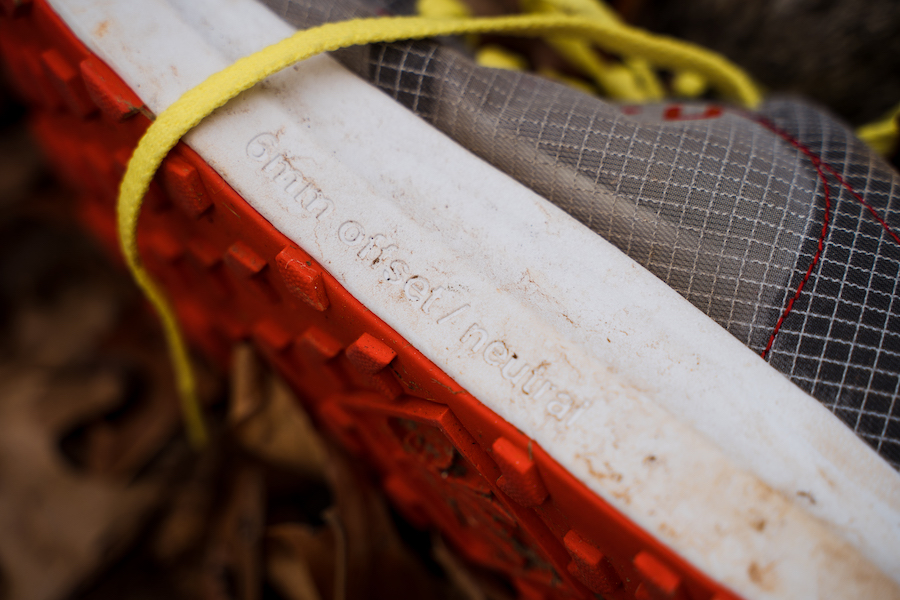
Want to learn more about how our review process works? Check out this guide.
Have something to say? Leave a Comment
